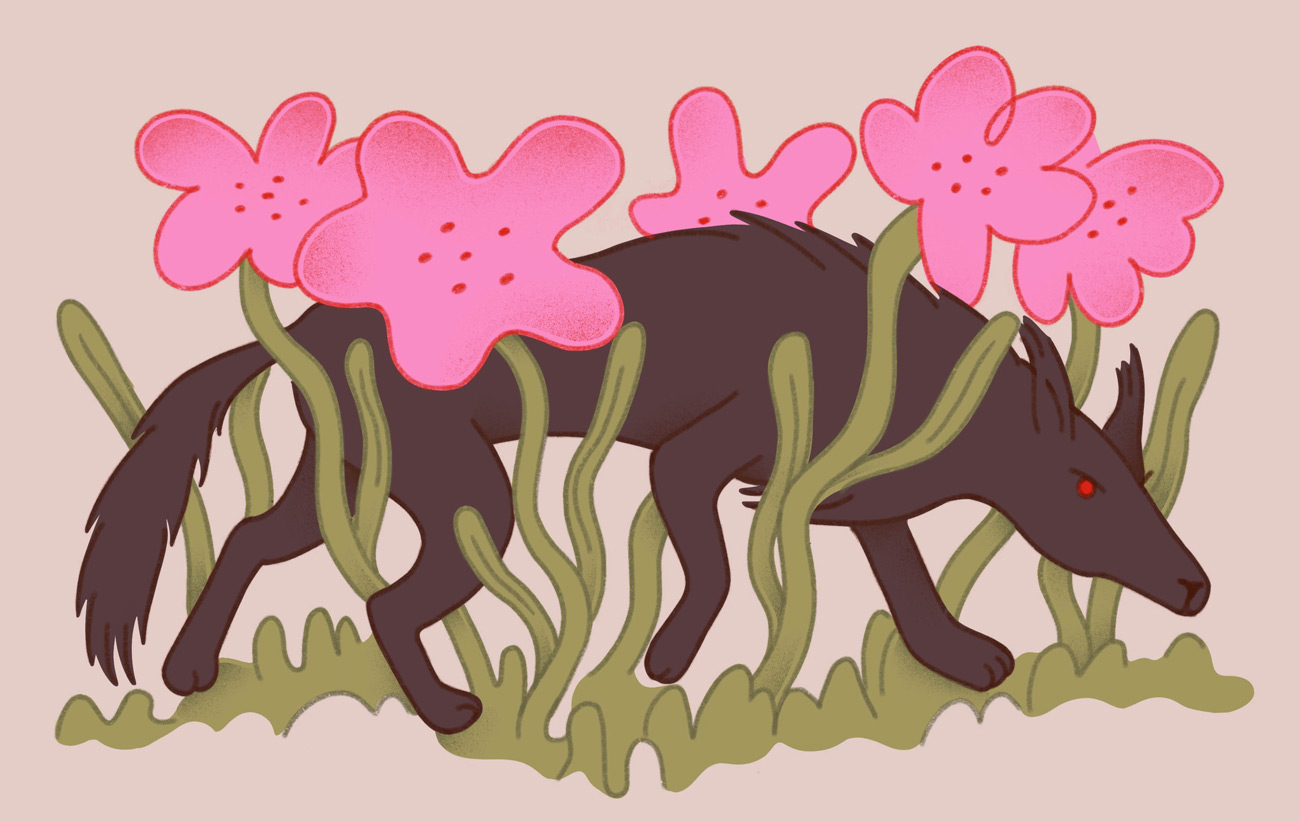

Human beings are so many narrative stories that the narrative capacity that you can say is one of the characteristics that makes us human. We need stories to build ourselves and reality, with special emphasis on the function of classic stories, or on the particular but timeless stories of each particular culture. Because of their potential to promote internal development and to illuminate deep and sometimes somewhat dark areas of life, and because of the practical knowledge they bring to learn the crucial moments of life.
We learn a lot from the characters in stories about our existential searches, conflicts and solutions, because we can feel reflected in stories effortlessly. The substance of stories is life itself, represented by purely symbolic and archetypal images, to the extent that stories seem to be instruments devised by humanity, with the function of accompanying the difficulties involved in each stage of life. Stories treat our emotions, suffering and development with honesty (although sometimes it may seem violent) and sensitivity.
Stories are usually for children, although sometimes we hesitate, sometimes so sexist, politically unfair, moralistic, pink or violent. In recent times they have undergone adaptations with the will to better adapt to their content, above all, but I am in favour of respecting many of the raw skeletons, where the essence of the ability of stories to influence child development is hidden.
Would the pigs come to build a solid house if the wolf did not break the first two houses blowing?
In these classic tales the wolf is for me the favorite character, protagonist and center of so many stories. The symbolism of the wolf is very complex and profound, and therefore very broad, the interpretation of its meaning. To remain in the role of the evil one we normally give you is a very simplistic reading, because from that image you can understand the role of the wolf even in very positive dimensions.
In the story of the three pigs, for example, the wolf is the one that breaks the first two houses blowing, yes, it is true. But would the pigs come to build a solid home if the wolf had not? The wolf drives the pigs to a higher level of development that they would otherwise not achieve, offering them a good development metaphor, in the need for more solid buildings (and relationships) throughout life, and in the pain and fear caused by the abandonment of ancient existential settlements.
The story of Caperucita represents the search for autonomy when the protagonist refuses to hear the advice of his mother or in the image of the destruction of his grandmother. The wolf is here the image of the dangers, losses and ghosts in the process of identity change, as an ally of internal transformation.
The wolf is inevitably ambivalent. Because it's hard to pass the time when the wolf appeared to us in life, of course, but could we free ourselves from that relationship that was no longer fruitful, or did it chain us if the wolf had not eaten us at that time of loyalty? Freedom cannot be achieved by collecting lilies in the woods in a fun pastime, as Txanogorritxo imagined, because becoming one is a precious treasure that can only be obtained from the hand of the wolf. The wolf, the more fearsome, the more necessary. Don't forget.